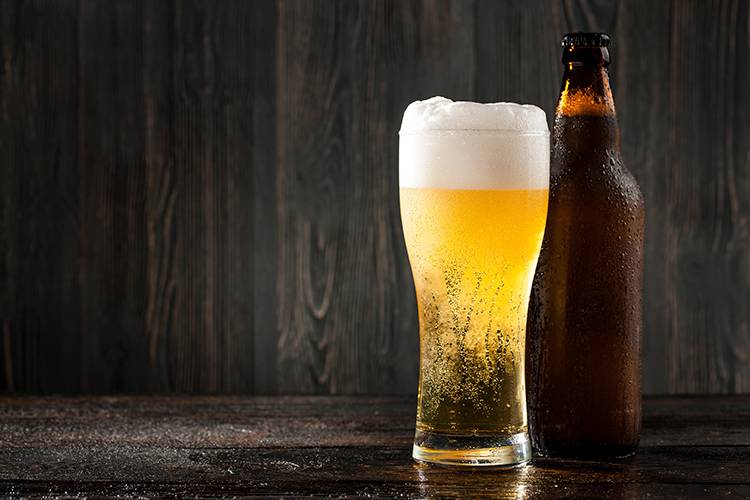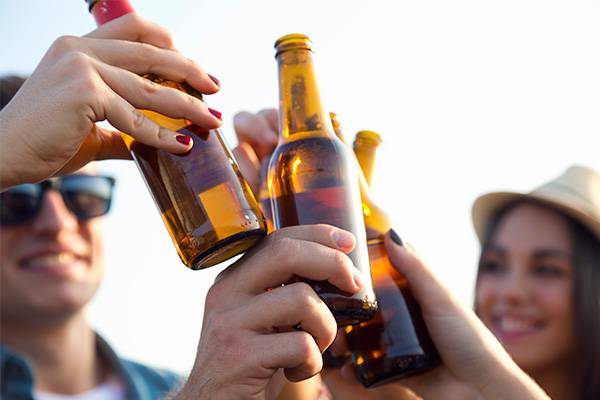How many calories are there in beer?
How fattening is beer? Do they all have the same calorie content? The world of beer is a big one and the calorie content of each one depends on many different factors. The Ingredients, proportions, methods of production or the volume of alcohol contained in each type of beer can mean it has more or less calories.
TRIED AND TESTED
Share

Beer is produced mainly from water and cereals, so it has a high energy content from carbohydrates. On top of this are the calories from the alcohol content. Each gram of alcohol contains 7 kilocalories. That’s more than each gram of carbohydrate and protein, which is about 4 kilocalories and a little less than each gram of fat, which contains 9 kilocalories.
It’s estimated that a 33 cl bottle of normal beer with an alcohol content of 5% contains about 140 calories. However, there are all kinds of takes on this alcoholic beverage. Alcohol-free beer has little in common with wheat beer or beer mixed with lemon when it comes to calorie content. Calories vary widely from one type of beer to another.
A non-alcoholic beer contains almost two times fewer calories than a normal beer. If we drink a 33 cl bottle of alcohol-free beer we're consuming approximately 65kcal, very different to the average 150 in the same amount of alcoholic beer. At the other end of the scale are darker beers, toasted or black, which in addition to having a higher alcohol content have a higher level of carbohydrate. In the case of beer that’s between 8-9% alcohol, the calorie intake is around 60 kcal per 100 grams of beer.
A non-alcoholic beer contains almost two times fewer calories than a normal beer.

Smooth beer has between 2.5% and 3% alcohol, lager between 3% and 6%, and ale between 4% and 11% alcohol. There are exceptions to these rules and there are beers with more than 9% alcohol. They can reach 12%. The calories in beer will vary significantly depending on the alcohol content it has. You should also take into account that as well as the alcohol content this drink contains other ingredients such as hops or barley that can increase the calorie intake. Some of them contain other types of additives to provide scents that make them stand out, such as caramel, cocoa, fruits, herbs, etc. Essentially, calorie content doesn’t entirely depend on alcohol content.
If we compare the calories in beer with other alcoholic beverages such as wine or spirits, the calorie intake is lower. It even has fewer calories than other non-alcoholic beverages such as milk and pineapple juice. The problem is that it’s often difficult to resist having just the one beer. Therefore, the widely-held idea that beer is fattening is not so much due to the product itself, but to the number of units that can be consumed.






